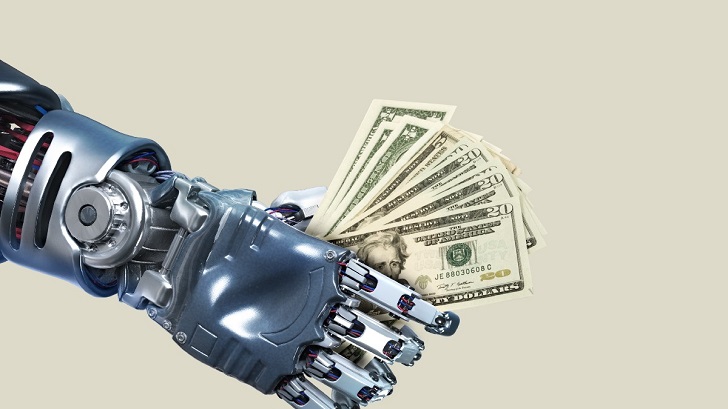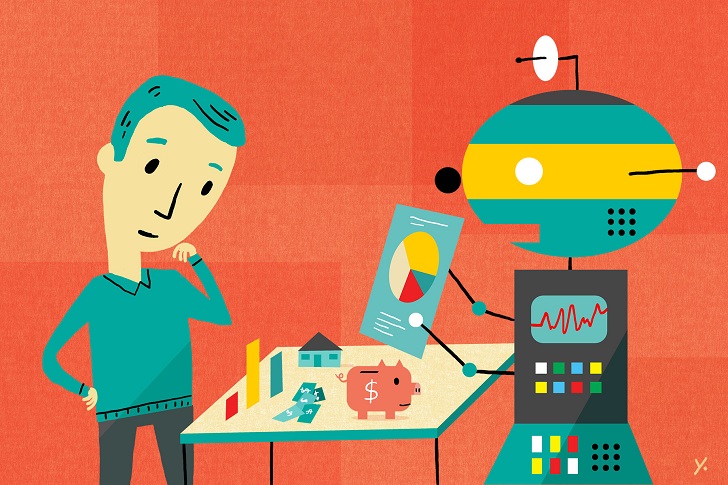Artificial intelligence (AI) is rapidly changing how we manage our finances. With the help of AI-powered tools, we can automate many aspects of our financial lives, from budgeting to investing. While using AI in personal finance has many benefits, it also raises questions about privacy, security, and the role of human, financial advisors.
In this article, we’ll explore how AI is taking over personal finance and discuss this trend’s potential benefits and drawbacks.
Automating budgeting and saving

One of the most significant ways that AI is changing personal finance is by automating budgeting and saving. Many apps and tools now use AI algorithms to help users manage their money more effectively. For example, the app Digit analyzes your spending habits and automatically sets aside small amounts of money into a savings account.
Similarly, the app Clarity Money uses AI to analyze spending and recommend ways to save money, such as canceling subscriptions or negotiating bills.
These apps can be incredibly helpful for people who struggle with budgeting and saving. Users can save time and make better financial decisions by automating these processes.
Personalized financial advice
Another way that AI is changing personal finance is by offering personalized financial advice. Some financial planning firms are now using AI algorithms to analyze clients’ financial data and make personalized investment recommendations.
For example, Wealthfront uses AI to create customized investment portfolios based on client’s risk tolerance and financial goals.
 These tools can be helpful for people who want to invest but don’t have the time or expertise to manage their investments themselves. However, they also raise questions about the role of human, financial advisors. While AI algorithms can analyze financial data, they may not be able to provide the same level of personalized advice and emotional support as a human advisor.
These tools can be helpful for people who want to invest but don’t have the time or expertise to manage their investments themselves. However, they also raise questions about the role of human, financial advisors. While AI algorithms can analyze financial data, they may not be able to provide the same level of personalized advice and emotional support as a human advisor.
Detecting fraud and cybersecurity
AI is also being used to improve fraud detection and cybersecurity in personal finance. Banks and credit card companies use AI algorithms to analyze customers’ financial data and detect potential fraud.
For example, if a customer’s credit card is used in an unusual location or for an unusually large purchase, the AI system can flag it as a potential fraud and notify the customer.
These AI-powered systems are also better equipped to identify and prevent cyber attacks. Cybercriminals are constantly evolving tactics, and AI can help financial institutions stay one step ahead by analyzing large amounts of data and identifying patterns that indicate a cyber attack.
Assessing creditworthiness

AI is also being used to assess creditworthiness, making it easier for people to get loans and credit. Traditional credit scoring models rely on a limited data set, such as payment history and credit utilization.
However, AI-powered credit scoring models can analyze a much broader set of data, including social media activity and employment history, to get a more accurate picture of a person’s creditworthiness.
This can be especially beneficial for people who are new to credit or have limited credit histories. However, some concerns about using AI to assess creditworthiness could perpetuate biases and discrimination. AI algorithms are only as unbiased as the data they are trained on; if the data contains biases, the algorithm will too.
